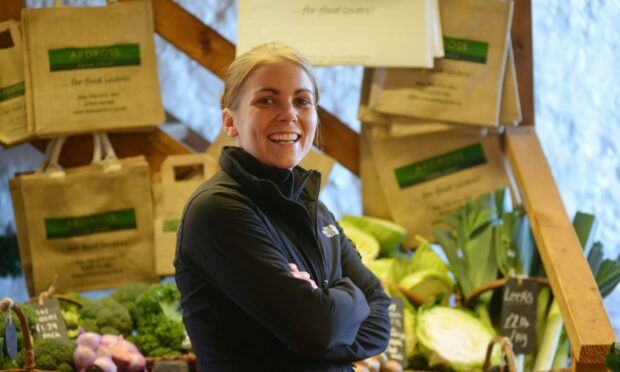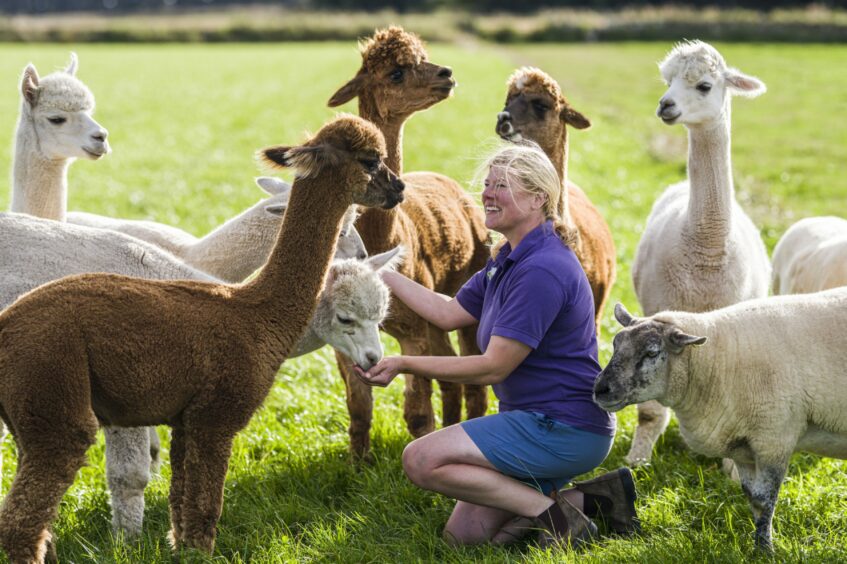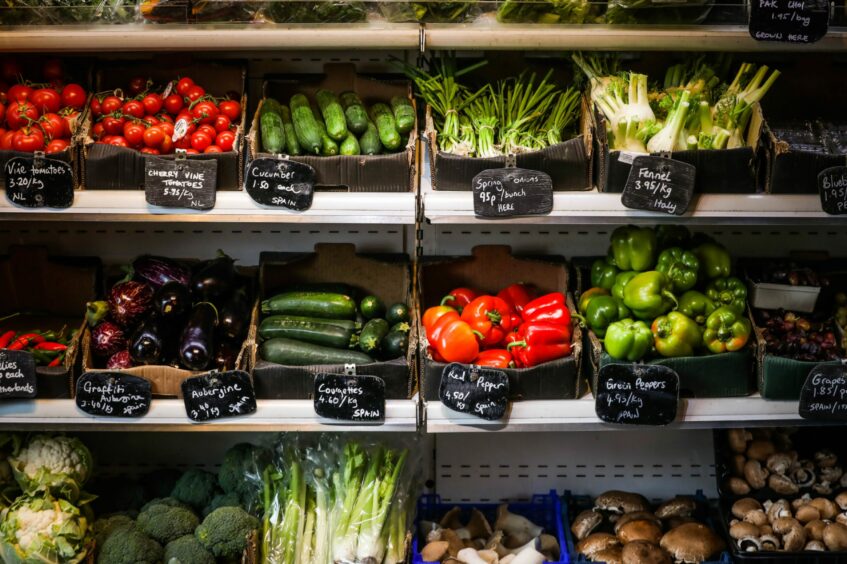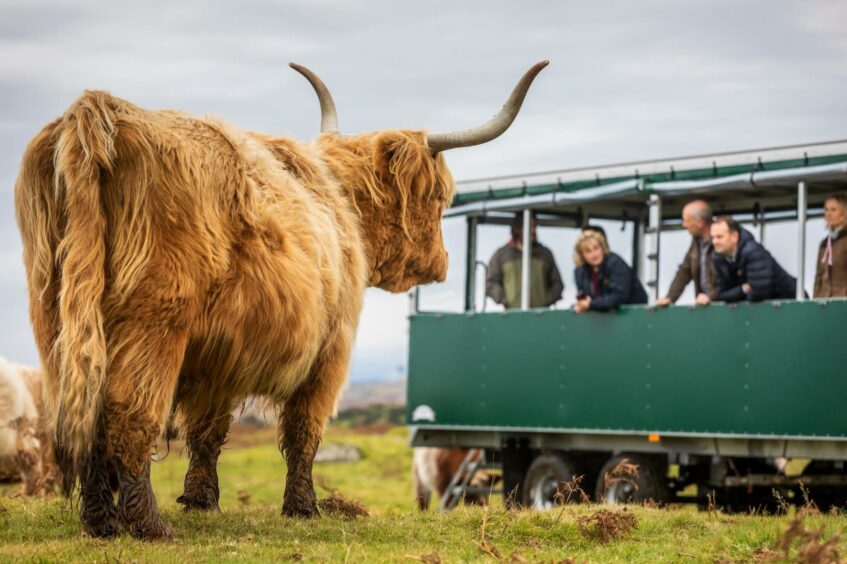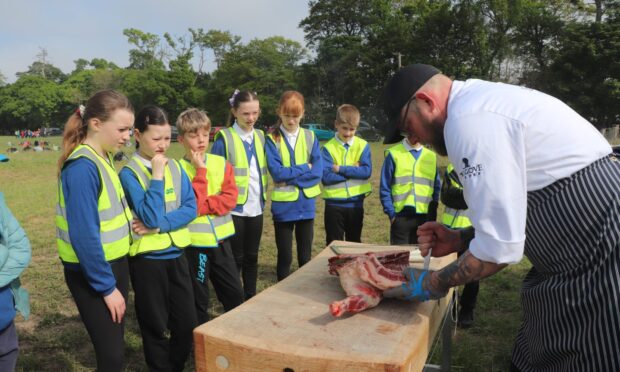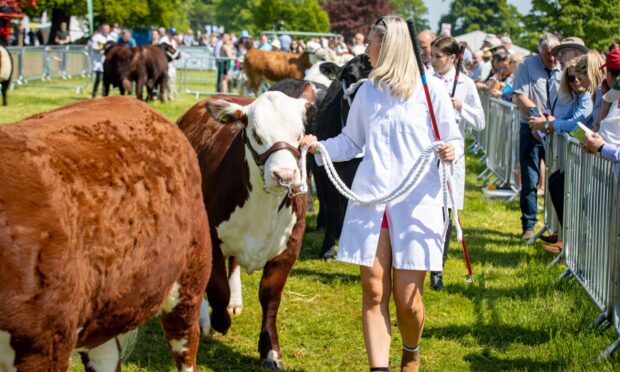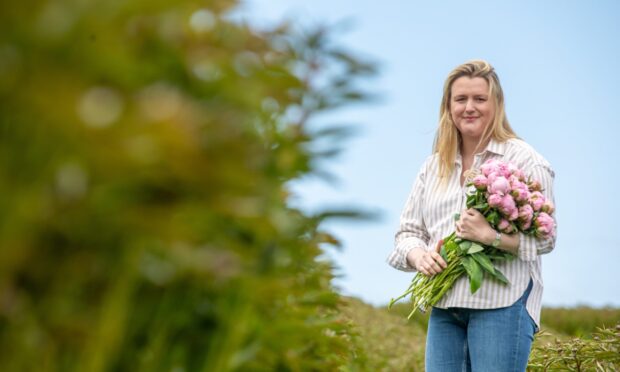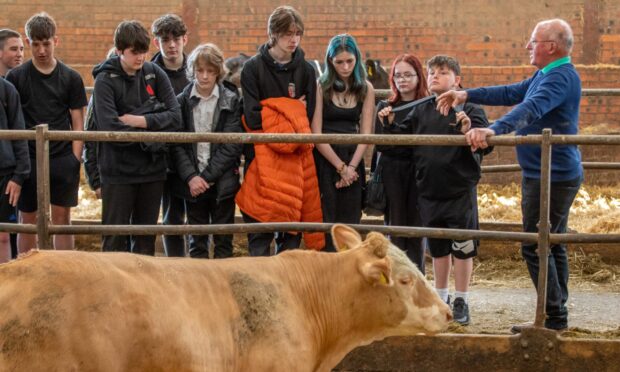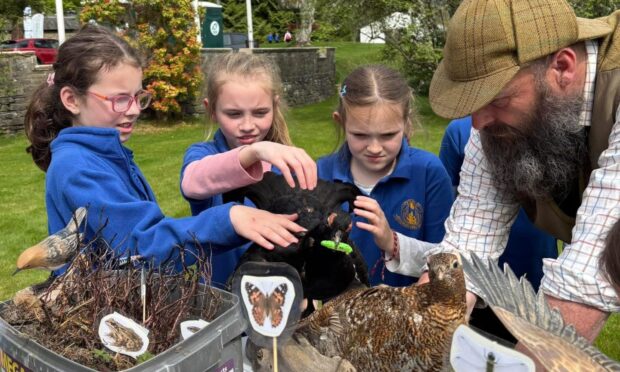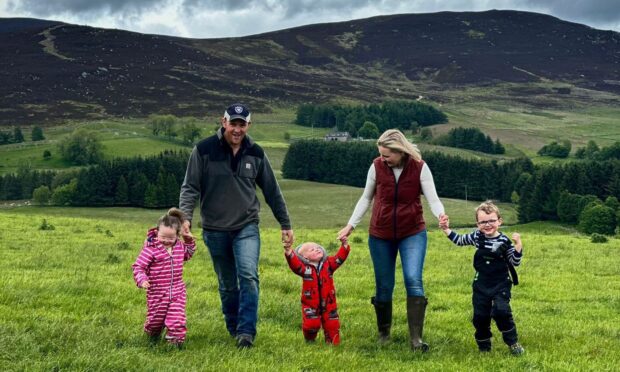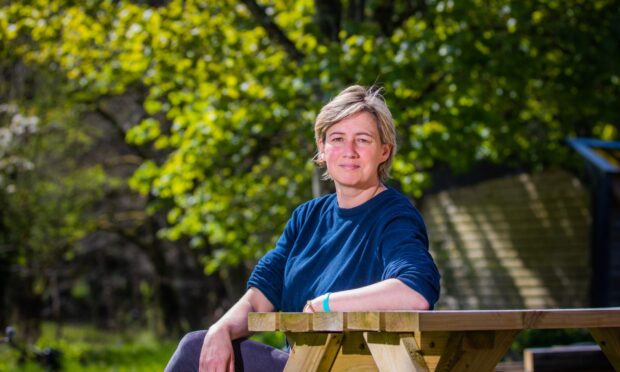For the second year in a row the AgriScot Diversified Farm of the Year Award was won by a tenanted farm business
In 2021 the award went to the Nicoll family from Newton Farm in Angus who have expanded their business to include agritourism and visitor experiences; and in 2022 to the Pollock family from Ardross Farm in Fife whose farm shop is a popular destination for those seeking quality homegrown produce.
These achievements are all the more remarkable when one considers the obstacles to diversification facing farm tenants compared with owner occupiers:
Firstly, landlord’s consent is required for the proposed diversification and the grounds on which a landlord can object are currently fairly wide.
Then there is the question of the impact of the new diversification on rent.
Sometimes a landlord will ask for a percentage of the turnover as rent in return for consent. However, a fairer approach is to consider the commercial rental value of any land or fixed equipment used for the diversification after disregarding any investments made by the tenant.
Uncertainty
Finally there is the uncertainty of how the value of the diversification would be treated at the end of the lease. While the tenant can claim compensation if the diversification has resulted in an increase in value of the holding that right to compensation may not apply if the diversification is such that the land cannot be returned to agriculture or if any use of fixed equipment would mean that the landlord could not fulfil his obligations to a new incoming tenant.
Furthermore the process would need repeating for any expansion or addition to the business: If the landlord has consented to a farm shop and once it is up and running the local yoga teacher comes along to enquire about using the premises for evening classes, the tenant cannot agree to yoga classes without going through the landlord consent procedure again.
Similarly, any further investment will need to be considered in terms of impact on rent and likely compensation at the end of the lease.
While legislation has been in place since 2003 giving tenants the right to diversify, in practice a tenant will struggle to gain the necessary consents without a landlord showing a bit of goodwill. Even where there is a willing landlord, the tenant will struggle to justify significant capital expenditure given the uncertainty around compensation at the end of the lease.
Of all the long running and successful diversifications I have come across on tenanted farms, it is fair to say that had the tenants been owner occupiers then they would have set about their businesses differently with increased investment and more to offer the customer.
Brains
These successful diversifications on tenanted holdings tend to rely on brains, vision and hard work with minimal investment since capital expenditure is hard to justify without a fair exit.
The legislation governing tenant diversifications is up for review in both Scotland and England, partly to ensure that tenants have fair access to future government support which is likely to focus on the environment and biodiversity which is not strictly agriculture.
The recent Agricultural Bill consultation in Scotland contains proposals to make diversification on tenanted holdings easier and Defra’s tenancy review in England includes a recommendation to open up the ability of farm tenants to diversify their businesses.
Diversified businesses income is making an increasingly important contribution to total farm incomes. Improving the ability of tenants to invest securely in diversifications will be vital for the resilience of the tenanted sector which covers more than 20% of Scotland’s agricultural land.
Christopher Nicholson is chairman of the Scottish Tenant Farmers Association (STFA).
